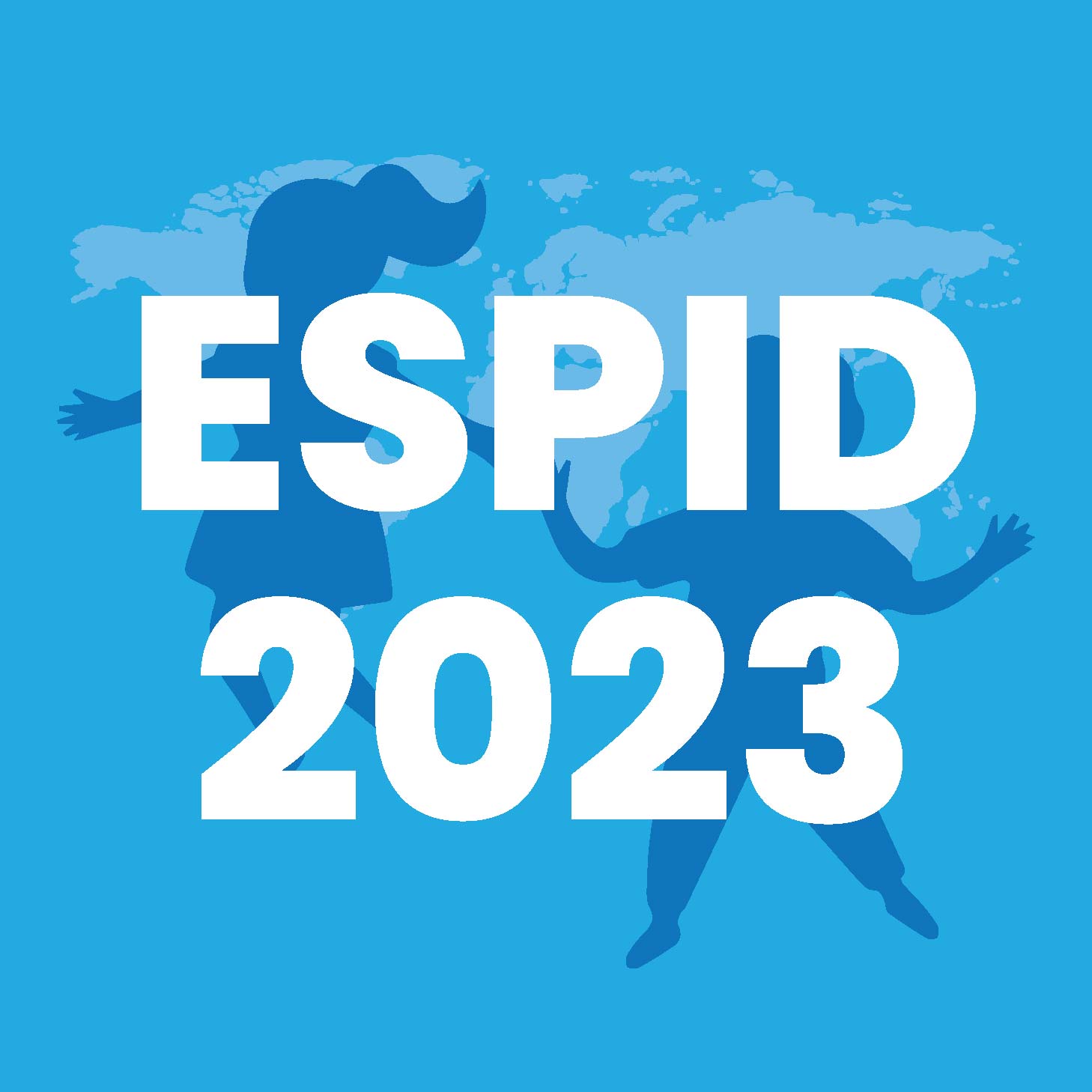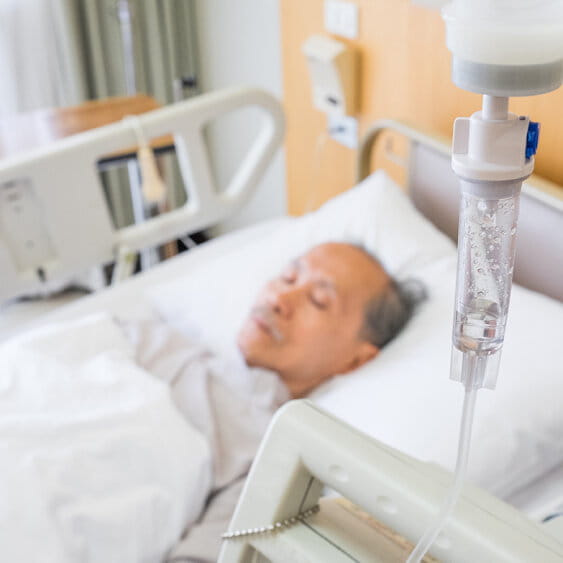Each year, the Society of Critical Care Medicine shares late-breaking articles sourced from leading peer-reviewed journals at its Congress. These articles are released either or concurrently with their presentation at the Congress.
Conservative versus liberal oxygenation targets in critically ill children, randomized multicentre, Oxy-PICU trial by Dr. Mark J. Peters
The study compares liberal oxygenation (usual care) to conservative oxygenation, targeting a specific peripheral oxygen saturation range. The primary outcome is a combination of survival and days of organ support, measured as an ordinal endpoint. The trial involved 2,040 patients, of whom 939 were analyzed for endpoints in the conservative group and 933 for the liberal group. The primary outcome analysis shows a small but statistically significant shift favouring conservative oxygenation by 6% for a good outcome, with adjusted odds reduced by 16% for worse outcomes. Secondary outcomes were measured as 30-day mortality, favouring conservative oxygen, and the ventilation period slightly reduced ventilation duration, selecting the conservative oxygenation group. However, functional status at PICU discharge and healthcare costs considered secondary outcomes showed no significant differences. Subgroup analyses had no notable heterogeneity, whereas safety reporting was revealed in favour of conservative oxygenations. In conclusion, the speaker recommends targeting a SpO2 (88-92%) in paediatric PICU admissions based on the observed benefits of conservative oxygenation.
Survival for non-shockable cardiac arrests treated with non-invasive circulatory adjuncts and importantly, with head/thorax elevation by Dr. Paul Pepe
In the United States, approximately 1,000 individuals experience sudden, out-of-hospital cardiac arrest each day, with CPR being a crucial life-saving intervention. While CPR has its benefits, the challenge lies in the fact that a majority of cardiac arrests are non-shockable and often result in poor prognoses. The common non-shockable cases involve asystole and pulseless electrical activity (PEA). Nationally, the survival odds with a good recovery remain at less than 1.5%. However, challenges extend beyond conventional supine CPR performed optimally, which presents physiological limitations. The act of chest compressions, while generating arterial pressure waves to the brain, simultaneously creates retrograde venous pressure waves. This collision of pressure waves in the brain leads to increased intracranial pressure (ICP), restricting blood flow in the brain. Studies have shown that outward blood flow in the brain during chest compressions is only 15-20% of normal. For this, A mechanical version of the plunger shows potential by creating opposing end thoracic pressure. This vacuum effect assists in draining blood out of the brain and back into the chest, improving overall blood circulation. Another device known as the impedance threshold device, when applied to the airway, acts as a valve that temporarily blocks airflow during the recoil phase of CPR, which allows for a brief period during which more blood can be drawn into the chest. Thus, both combined proved very impressive, with 50% neural intact survival. Gravity can play a role, if considered correctly, in priming blood flow. Lifting the head gradually, in conjunction with ACD and ITD, has shown positive effects. Studies over the past decade emphasize the importance of both head and chest elevation, lowering cerebrovascular resistance. All the devices automate gradual head elevation, reaching about 10 inches at the occiput. The optimal protocol involves two minutes of ACD and ITD priming and a two-minute gradual head elevation. This synergistic approach achieves near-normal blood flows.
The study focuses on whether such robust outcomes can be utilized for non-shockable cases. In conclusion, the speaker emphasizes the significant improvement in out-of-hospital cardiac arrest outcomes through the rapid application of a triad of non-invasive CPR adjuncts. The study reveals a substantial increase in survival rates with good neurological outcomes for non-shockable patients, even in cases with extended response times, including those with unwitnessed asystole. The findings indicate a threefold odds ratio improvement, elevating survival rates from the initial 1.5 per cent previously mentioned to around 4.5 per cent. The study delves into the time factor, emphasizing the critical importance of applying automatic positioning devices, such as the head-up approach, within the median time of 11 minutes. The speaker thus encourages the adoption of this approach, envisioning it as an AED equivalent for non-shockable cardiac arrests with a broader life-saving window.
Ceftriaxone to prevent early ventilator-associated pneumonia in brain-injured patients: a multicenter, randomized, double-blind placebo-controlled trial by Dr. Claire Dahyot Fiezelier
Ventilator-associated pneumonia (VAPs) remains the first cause of infection in ICU patients, which leads to mortality, and thereby, preventing VAPs is crucial. The speaker discusses various strategies for VAPs. One of the proposed prevention approaches combines selective oropharyngeal decontamination (SOD) and digestive tract decontamination (DTD) throughout the ICU stay, along with a short course of parenteral prophylactic antibiotics (maximum of five days). However, this strategy has yet to be widely adopted due to concerns about the emergence of antibiotic-resistant pathogens. An alternative solution involves a short prophylactic course of antibiotics without SOD and the use of prophylactic antibiotics, either innate antibiotics or intravenous (IV) antibiotics. A meta-analysis of studies focusing on IV antibiotics in prophylactic strategies, with the auto-selected five studies primarily involving brain-injured patients, reveals that IV antibiotics protect patients from VAP, showing a relative risk of 0.46. Out of which, the one observational cohort study, when compared to a historical cohort and involving cardiac arrest patients, demonstrated a reduced incidence of VAP after a single dose of Ceftriaxone. Also, a patient with TBI showed reduced incidence of VAPs. To further explore the benefits of Ceftriaxone, a multi-centre randomized study revealed that patients receiving Ceftriaxone were at a lower risk of developing early VAP than those receiving a placebo. The primary outcome was a decrease in the incidence of early VAP, which further decreased incidence rates in later days. Moreover, there was an increase in ventilator and antibiotic-free days in the ceftriaxone group. On day 60, there was a reduction in mean ICU-free days and median hospital stays, but the mortality rate for Ceftriaxone was insignificant. The PROFIVAB trials conclusively establish the protective efficacy of a single 2-gram dose of ceftriaxone without the need for selective oropharyngeal decontamination (SDD) in brain-injured patients to reduce early ventilator-associated pneumonia (VAP) as well as all types of VAP at day 28.
Society of Critical Care Medicine’s Critical Care Congress (SCCM 2024), Phoenix, Arizona, USA, Jan 21-23, 2024

.svg?iar=0&updated=20230109065058&hash=B8F025B8AA9A24E727DBB30EAED272C8)


